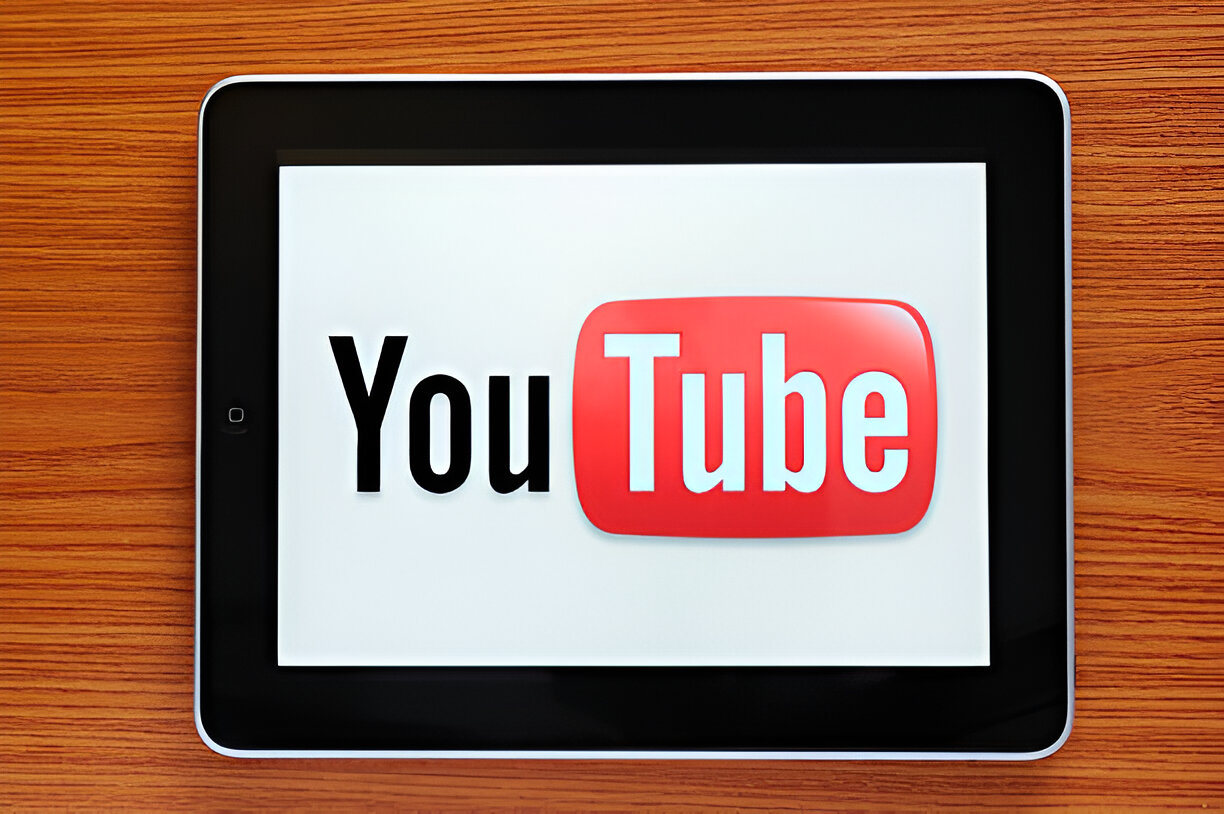Planning Your YouTube Channel
The most important step in creating a YouTube channel comes even before you log in to the platform. Planning ensures that your effort is directed toward building something sustainable and meaningful. Every successful channel starts with a clear purpose. You should ask yourself why you are creating this channel and what value you plan to offer viewers. Some channels focus on education, others on entertainment, inspiration, or business growth. Being clear about your purpose helps you shape everything that follows.
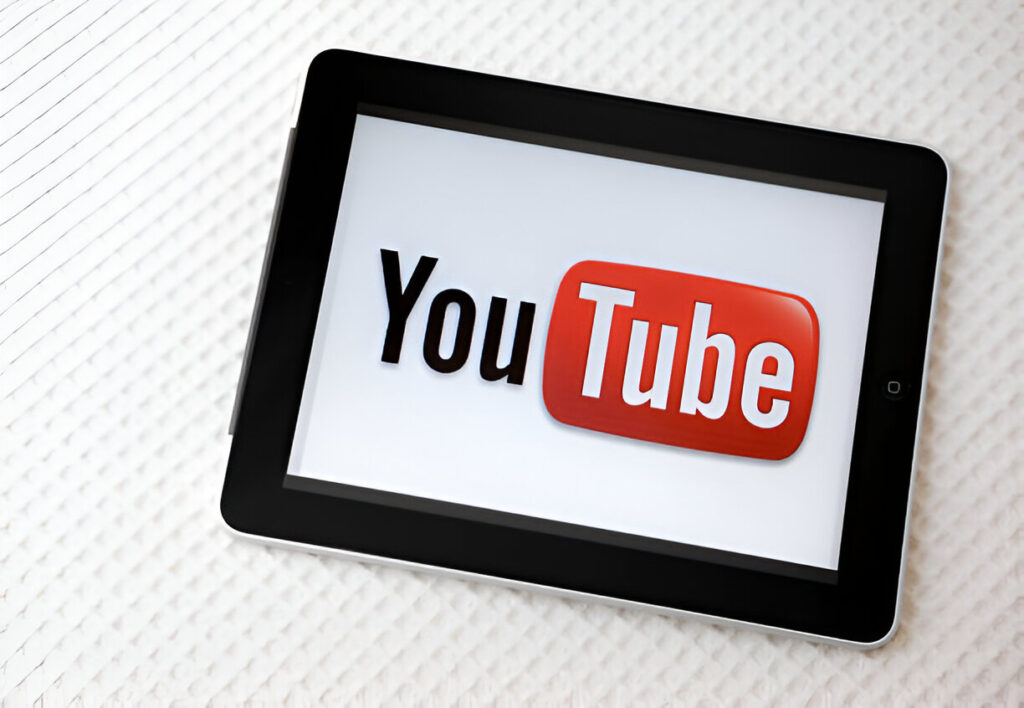
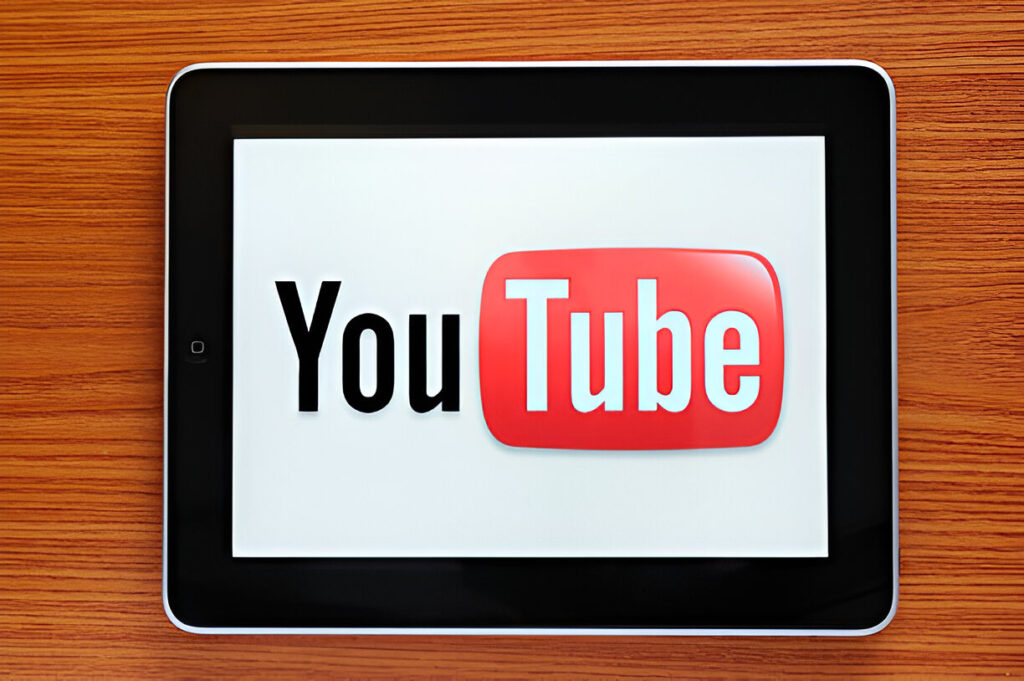
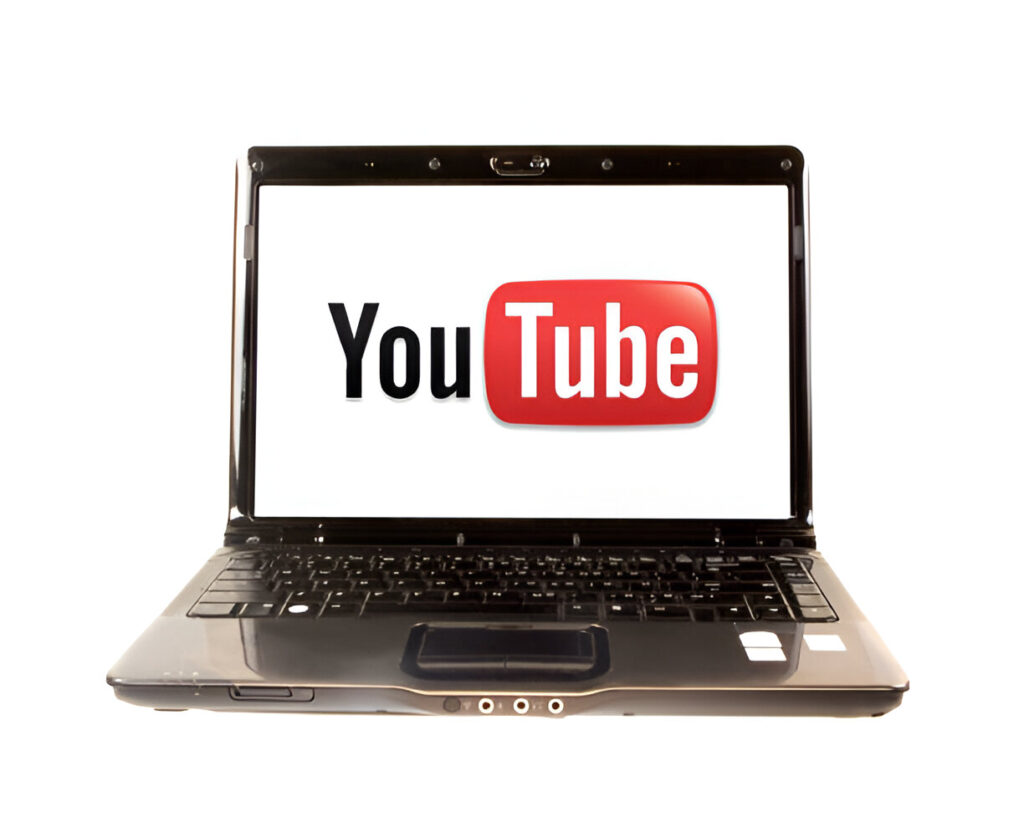
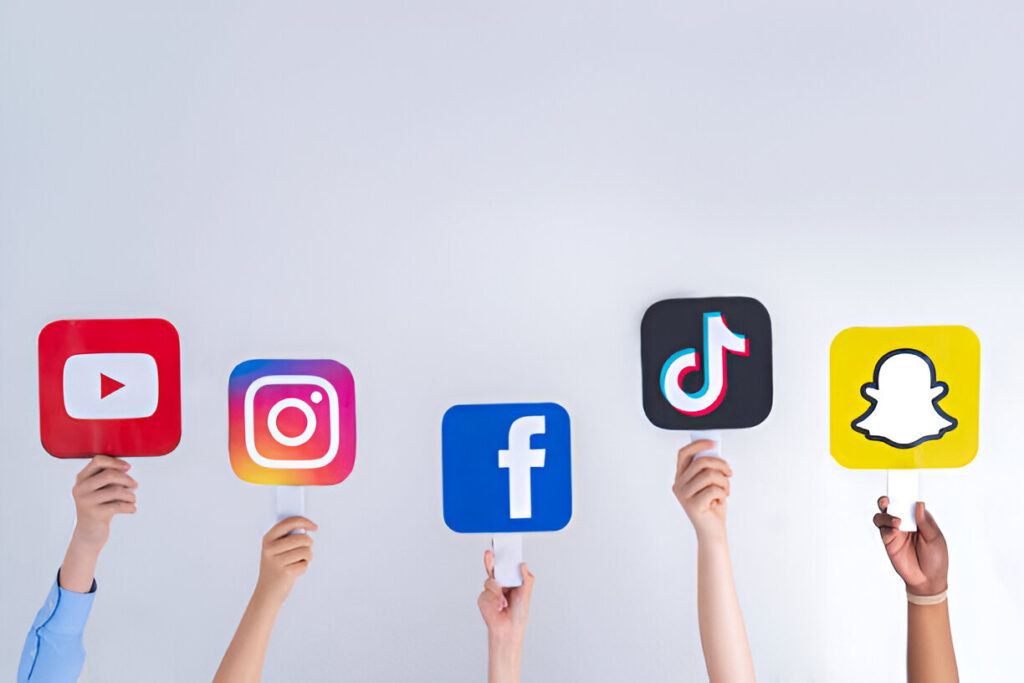
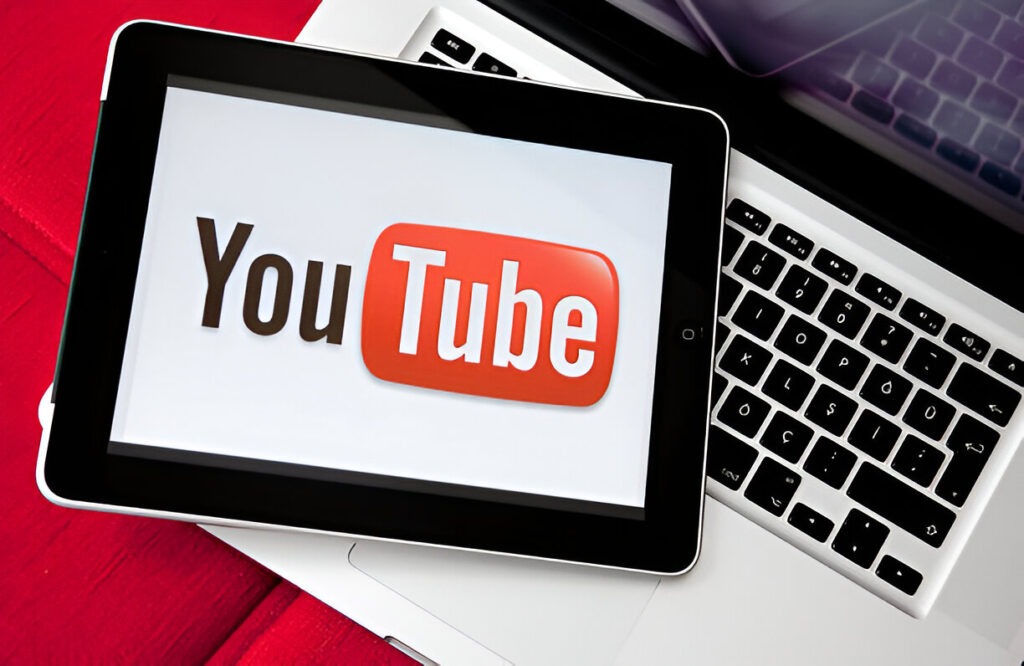
Defining your niche is equally important. Rather than creating broad, unfocused content, choose a specific topic and a defined audience. For example, instead of creating a channel about general cooking, focus on vegan baking for beginners. Instead of making a channel about technology, build one around mobile photography tips. Narrow niches make it easier to rank, easier to stand out, and easier to attract loyal subscribers.
Think also about content formats. A strong channel usually blends multiple styles: long tutorials, quick tips, YouTube Shorts, or livestream Q&As. This keeps your content dynamic and gives you more entry points to connect with different types of viewers.
Another helpful exercise is competitor research. Look at five to ten existing channels in your chosen niche. Study their thumbnails, video length, titles, and engagement. Notice what they are doing well, but more importantly, identify what they are not doing. Those gaps become opportunities for you.
Finally, set goals that are realistic. In the first three months, focus on learning the process, building consistency, and analyzing results. Rather than chasing millions of views right away, aim for specific and achievable milestones, such as uploading a set number of videos, gaining your first hundred subscribers, and improving watch time gradually.
Creating Your Channel

Once your vision is clear, it is time to set up the channel itself. You will need a Google account since every YouTube channel is tied to one. Sign in to YouTube with your Google account. If you don’t already have one, create a new Google account.
Click on your profile picture in the top right corner of YouTube. From the menu, select the option to create a channel. At this point, YouTube gives you two choices: use your personal name or create a brand account. If your channel is personal and tied directly to you as an individual, your personal name may work best. If you want the channel to represent a brand, business, or collaborative project, then a brand account is the smarter choice since it allows multiple managers.
You will be prompted to enter your channel name, upload a profile picture, and confirm. Once you do that, your channel is officially created.
Customizing the Channel
Branding is everything when it comes to YouTube. Your profile picture should be clear, simple, and recognizable, even at small sizes. Many creators use a headshot, while businesses use a clean version of their logo.
Your channel banner is equally crucial. This is the large horizontal image at the top of your channel. YouTube recommends an image size of 2560 × 1440 pixels, with the most important elements centered within the safe area so they appear correctly on all devices. This is prime real estate to communicate your channel’s theme, tagline, or upload schedule.
The channel description is your chance to explain who you are, what kind of videos you make, and what viewers can expect. The first 150 characters are particularly important because they appear in search results and previews. Keep it clear, keyword-rich, and engaging.
Finally, add external links and social handles. These can appear as clickable icons on your banner. They connect your YouTube audience with your wider digital presence, such as Instagram, Twitter, or a personal website.
Verifying and Unlocking Features

Before uploading your first video, verify your YouTube account with a phone number. Verification unlocks essential features such as uploading videos longer than fifteen minutes, using custom thumbnails, and enabling live streaming. Without verification, you will face limits on your uploads.
Remember also that YouTube has hard limits on file size and video length. The maximum is 256 GB or twelve hours per video. For most beginners, these limits are more than enough, but it is useful to know them.
Producing Your First Video
With the technical setup done, the next focus should be on creating your first video. Many new creators worry about having expensive equipment. In reality, good content with clear audio often outperforms fancy production with weak ideas. A modern smartphone with a decent camera, a simple tripod, and an affordable external microphone are often enough to get started.
Lighting is a major factor. Natural light from a window, combined with a reflector or ring light, creates soft, flattering visuals. Pay attention to framing. Use the rule of thirds so your eyes or your subject’s eyes appear around the upper third line of the screen.
Audio matters more than visuals. Poor audio drives viewers away faster than shaky footage. A lavalier mic or a shotgun mic improves clarity drastically.
Structure your video with intention. Begin with a hook in the first fifteen seconds. Tell viewers exactly what they will gain by watching. Then give a quick introduction to yourself and dive into the main content. Break your video into sections with smooth transitions to keep people engaged. Conclude with a call to action—this could be subscribing, watching another video, or visiting your website.
Editing adds polish. Cut out unnecessary pauses, add B-roll, insert captions or graphics, and adjust color or sound levels. Free tools such as DaVinci Resolve or Shotcut can handle most needs, while Premiere Pro or Final Cut Pro are great for those who want advanced features. Export in MP4 format (H.264 codec) for the best balance of quality and compatibility.
Uploading and Optimizing Videos

Uploading a video to YouTube is straightforward but optimizing it for discovery takes more effort.
The title should be short, clear, and keyword-focused. Think of it as a promise to the viewer. Place the most important keywords near the beginning. Instead of “A Guide to Making Coffee,” try “How to Make Perfect Espresso at Home.”
The description should expand on the promise. The first two lines are critical because they appear in search results. Use them to summarize the benefit of the video and include relevant keywords naturally. Add timestamps, links to related resources, and social media connections.
Tags are optional but can help in categorizing your content. Use variations of your keywords and related terms.
Thumbnails are one of the most important click factors. YouTube recommends 1280 × 720 pixels with a maximum size of 2 MB. Keep text minimal, use high contrast, and design a style that viewers can instantly associate with your channel. Faces with strong expressions tend to perform very well.
Once uploaded, set the visibility. You can publish immediately, keep it private, or schedule it for a specific time. Many creators prefer scheduling to build consistency.
Building a Content Strategy
Consistency is the secret to growth. Decide on an upload schedule you can realistically maintain. It could be once a week, twice a week, or three times a week. Viewers appreciate predictability, and the YouTube algorithm rewards regular publishing.
Organize videos into playlists based on themes. Playlists not only keep your channel organized but also increase watch time by guiding viewers from one video to another.
Use cards and end screens to recommend related videos or playlists within your own channel. This keeps viewers in your ecosystem and increases overall watch duration.
Understanding YouTube SEO and Discovery

YouTube is a search engine. Optimizing for search is as important as optimizing for human interest. Use tools like YouTube’s own search suggestions, TubeBuddy, or vidIQ to discover what people are searching for. Integrate these keywords into your titles, descriptions, and video scripts.
Retention is another critical factor. YouTube’s algorithm favors videos that people watch for longer periods. This means that engaging storytelling, good pacing, and well-planned hooks are just as important as SEO.
High click-through rates on thumbnails combined with strong watch time signal to YouTube that your video is worth promoting to more viewers.
Tracking Performance with Analytics
YouTube Studio provides detailed analytics that help you refine your strategy. Pay attention to watch time, audience retention, click-through rate, and traffic sources.
If viewers are clicking your thumbnails but leaving quickly, your titles and thumbnails may be overpromising. If your retention is good but impressions are low, improve your thumbnails and titles to attract more clicks.
Understanding these numbers and making small adjustments based on them is the fastest way to grow consistently.
Building a Community
A strong channel is more than just videos—it is a community. Reply to comments, pin a comment with additional context or a question, and engage with your viewers regularly. This makes them feel valued and increases loyalty.
Moderation is equally important. Set clear standards for comments and use YouTube’s moderation tools to block spam or abusive content.
Shorts, Livestreams, and New Formats
YouTube Shorts are a fast way to increase visibility. These short, vertical videos are designed for quick consumption and can attract entirely new audiences. They work best when you repurpose highlights from your longer videos or create standalone micro-tips.
Livestreaming is another powerful format. It builds real-time interaction, strengthens community, and unlocks features such as Super Chat once you are monetized.
Monetization and Earning
YouTube’s Partner Program allows you to earn money from ads, but you must first reach one of two thresholds: one thousand subscribers and four thousand valid watch hours in the last twelve months, or one thousand subscribers and ten million Shorts views in ninety days. Once you qualify, you can apply directly from YouTube Studio.
Beyond ads, there are many income streams: brand sponsorships, affiliate marketing, merchandise, channel memberships, and consulting services. The earlier you treat your channel like a business, the easier it will be to diversify income later.
Copyright and Policy Awareness
YouTube has strict community guidelines and copyright rules. Uploading copyrighted music, film clips, or other people’s work without permission can result in strikes or even channel termination. Always use royalty-free music or properly licensed material. The YouTube Audio Library offers many free tracks and sound effects.
Familiarize yourself with community guidelines covering hate speech, harmful content, and misinformation. Violations can quickly jeopardize your channel’s future.
Promoting and Growing Your Channel
Publishing a video is only the first step. Promote each video on platforms like Instagram, Facebook, Twitter, or LinkedIn. Use short clips or behind-the-scenes content to create curiosity and direct people to YouTube.
Collaborating with other creators in your niche can also introduce your channel to new audiences. Guest appearances, co-hosted livestreams, or even shout-outs work well.
Repurposing your content into blog posts, podcasts, or social media threads further expands reach. Each platform feeds into the other, growing your audience holistically.
Developing a Sustainable Workflow
To succeed long term, you need a workflow you can repeat without burning out. Start with a content calendar. Plan thirty, sixty, or ninety days of video ideas in advance. Script, film, and edit in batches to save time.
Every video should follow a checklist: script, film, edit, export, thumbnail, metadata, and promotion. The more you standardize, the faster you will work, leaving more space for creativity.
Putting It All Together
Starting a YouTube channel may feel overwhelming, but when you break it down into steps—planning, creating, customizing, producing, uploading, optimizing, promoting, and analyzing—it becomes manageable. Every successful creator began with zero subscribers. The difference between channels that grow and those that fail is consistency, learning from data, and focusing on the audience’s needs.
With patience, creativity, and commitment, your new channel can become a powerful platform for expression, influence, and income.

